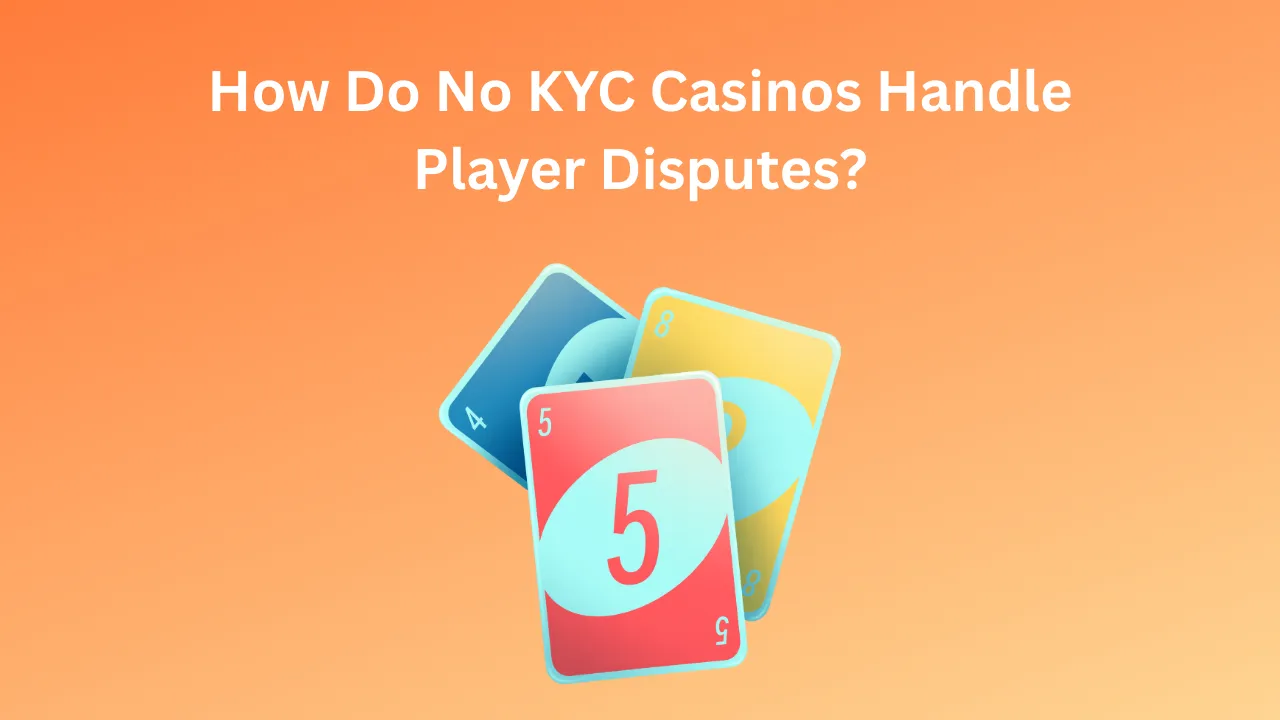When I first began exploring online casinos and sports betting, I was drawn to the thrill of chasing big wins. But fairly quickly I hit the hard walls of maximum stakes on games and saw minimum wager requirements stop me cold. Betting limits can be frustrating at first glance, yet they serve critical roles in player protection, bankroll management, and regulatory compliance. Over years of playing and analyzing operator policies, I’ve come to appreciate how understanding limits empowers you to bet smarter, avoid surprises, and even discover new gaming opportunities you might otherwise miss.
Why Betting Limits Exist
Betting limits on casino tables, slots, and sports markets are not arbitrary. They balance multiple priorities:
First, casinos need to manage risk exposure. Without maximum limits, a single high-roller could potentially tilt the house’s margin dramatically if luck swings their way. Maximum bets cap liability in real time and help maintain healthy long-term profitability for operators.
Second, minimum limits ensure the economics of offering games make sense. Running a roulette wheel or a live dealer table with tiny wagers on every spin is often unprofitable. Minimum stakes guarantee that the cost of software, licensing, dealer salaries, and infrastructure is covered.
Third, from a player-protection standpoint, especially in regions with strict responsible-gaming standards, bet caps prevent impulsive high-stakes wagering. Combined with deposit limits and self-exclusion tools, they help mitigate problem gambling behaviors.
I’ve witnessed firsthand how savvy players use knowledge of limits to their advantage. In one case, understanding a mid-table blackjack game’s unusually wide stake range led me to split my session between that table and a lower-variance slot, optimizing session length without busting my budget.
How Different Games Handle Limits
Different verticals implement wagering floors and ceilings in varied ways—knowing the nuances helps tailor your play.
Slots usually offer both minimum and maximum lines and coin sizes. Progressive jackpot titles might restrict the size of your bet to qualify for a big win, while higher-variance slots often permit bigger maximum spins, compensating for their wide payout swings.
Table games like blackjack and roulette list stakes clearly at the felt’s edge: you might see chips drawn to denote £1 minimum up to £500 maximum. Some live-dealer lobbies allow dynamic limits that shift based on demand—during peak hours, tables may raise the maximum to accommodate high-rollers; in quieter moments, ceilings drop to match smaller crowds.
In sports betting, markets often come with minimum stake thresholds as low as £0.10, but maximums can vary by sport and event. A football accumulator may allow massive stakes in major leagues but restrict amounts on niche markets. Understanding the interplay of bookmaker liability and event volatility can guide you toward the most forgiving markets for your bankroll.
Finding the Best Opportunities on International Casino Sites
When branching out to global operators, betting limits become even more critical. While some regional casinos (International Casino Sites) may cap your stake at £100 per spin, international operators can offer far more flexible ceilings—or creatively tiered structures that adapt based on loyalty status, time of day, or promotions.
I regularly compare multiple sites to find those that align with my strategy. For instance, one site might offer a £10 minimum on a popular video poker title—great for cautious play—while another international casino allows £100 spins with multiplier-free spins to high rollers. By mixing sessions across venues, you can stretch your bankroll further, test new strategies without risking too much, and seize bonus offers that tailor limits to specific games.
As you explore varied licensing jurisdictions—from Malta and Gibraltar to Curacao and beyond—always check the published bet limits page before depositing. Many operators publish a “betting rules” or “stake limits” section, which may hide the most favorable (or restrictive) tables under separate tabs. Because limits directly impact YOUR potential ROI, dedicating five minutes to review them can unlock unexpected value or save you from frustration.
How to Manage Your Bankroll Around Limits
Embrace Session Planning
Before clicking “spin” or “place bet,” decide your total session bankroll and segment it by tolerated stake size. If a table’s minimum is too high for your planned session length, find a more budget-friendly alternate. Conversely, if a maximum bet seems too low to hit your target return, hunt for a higher-limit table.
Adapt Bet Sizing Gradually
Rather than leap from £1 bets to £20, use incremental stepping—start at the lower end to gauge variance, then increase if the table’s mood feels favorable. Many players use a “stop-loss and stop-win” threshold combined with tiered bet increases; that buffer helps ensure you don’t blow through limits too quickly.
Exploit Promotional Bet Boosts
Some operators run limited-time promotions where maximum bet sizes on certain games are temporarily raised—often coinciding with holidays or major events. Monitoring operator newsletters or social channels can tip you off to sessions where you can place larger wagers under more attractive conditions.
Regulatory Impact on Betting Limits
Bet limits aren’t just operator decisions; they reflect evolving regulatory landscapes. Jurisdictions like the UK’s Gambling Commission require clear display of maximum stakes and impose default deposit and stake caps in some high-risk categories. Elsewhere, regulators may demand minimum percentages of bets revert to players, indirectly influencing how high or low operators will set limits for different products.
For example, in some US states where market entry is tightly controlled, operators often bundle games with lower maximum limits but higher return-to-player percentages, balancing legality with the need to attract VIP players. By contrast, offshore or less regulated markets might offer sky-high ceilings but lack the consumer protections that safe jurisdictions enforce. My personal rule is to play with operators that strike a trusted regulatory balance—protecting my interests while offering competitive bet limits.
Tips for Negotiating Higher Limits
Believe it or not, you can sometimes request bespoke limit adjustments—especially if you have proven VIP status. If you’ve demonstrated responsible wagering patterns and loyalty, a friendly account manager can often unlock higher ceilings on select tables or slots.
In my experience, transparent communication works. I’ve noted my average monthly turnover in straightforward emails, highlighted where I’d like higher caps, and received generous increases—sometimes tiered, sometimes flat. Don’t hesitate to ask, but always remain professional: “Could I explore an increased max bet on your live blackjack tables for my upcoming session?” shows courtesy and paves the way for a positive outcome.
Common Misconceptions About Betting Limits
“Lower Limits Only Hurt You”
While low maximums can be frustrating for high rollers, they also prevent rapid bankroll depletion for recreational players. A lower ceiling can act as a natural throttle, stretching your playtime and protecting you from chasing losses.
“Only Paper Rules Matter”
Limits are enforced by casino software and regulatory mandates. Any disclaimer buried in the terms and conditions still binds your play. Always verify live table limits in the lobby rather than relying solely on promotional pages.
“Limits Are Static”
As I mentioned, many tables and operators shift their limits based on demand, time of day, or even progressive jackpot levels. Being aware of when limits flex can present tactical advantages—like evening spikes in maximum stakes around jackpot drops.
Future Trends in Betting Limits
The rise of real-time dynamic limits is on the horizon. Building on AI and machine learning, operators could one day adjust your personal maximum based on your historical risk profile, session longevity, and real-time behavior—balancing retention with margin. Imagine a system that automatically raises your ceiling mid-session if you’ve had responsible play, or lowers it if volatility spikes too high. While transparency is key, these adaptive ceilings may redefine how we manage bankrolls and negotiate limit adjustments.
Similarly, the integration of decentralized finance (DeFi) and blockchain in betting platforms could usher in user-defined smart-contract limits—self-imposed ceilings programmed directly into your wallet. That innovation would empower players to enforce their own boundaries without relying on operator goodwill or third-party blockers.
Final Thoughts
Betting limits represent more than just numbers on a table layout; they reflect a dynamic ecosystem of risk management, regulatory compliance, and player protection. By understanding how limits vary across games and jurisdictions, actively managing your bankroll, and negotiating where appropriate, you can turn these constraints into strategic advantages. Next time you log in to place a wager, take a moment to review the minimum and maximum stakes—then use that insight to shape a smarter, more enjoyable betting session.








